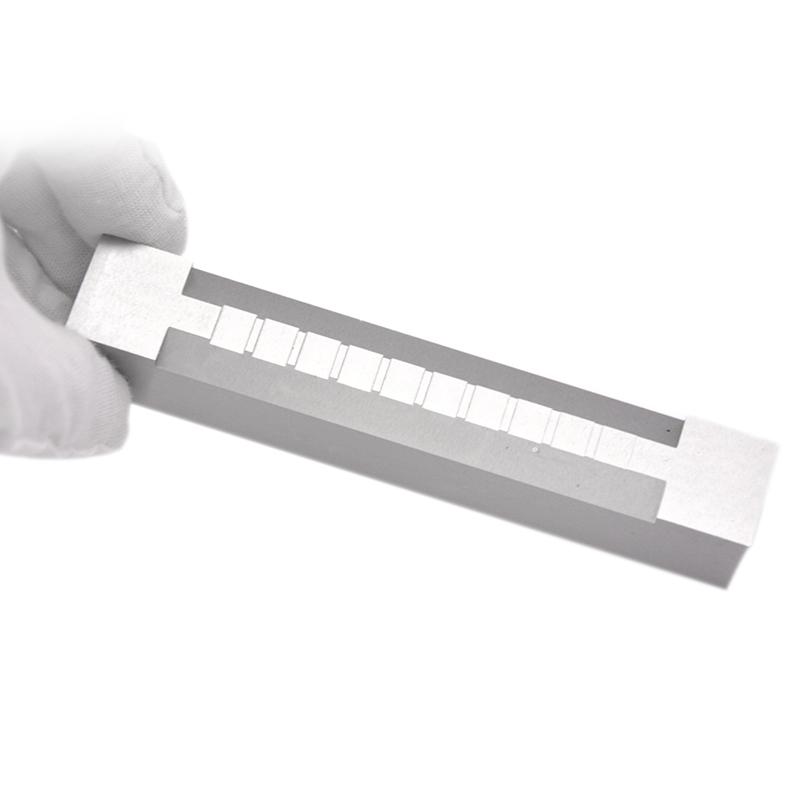Coating construction performance test: leveling & hanging
With the popularization of modern pipeline construction, the construction performance requirements of coatings have become more and more stringent. From the manual construction era to mechanized production, the paint construction performance has changed from simple application to the exquisite formation of the coating film. In order to meet these requirements, we need to have a deeper understanding of the performance test methods for paint constructability, leveling and flow-hanging.
1. Constructability
The construction performance of the paint mainly refers to the difficulty of the paint construction to the surface of the coated object. The coating with good performance should be easy to apply, spray or scrape, and the resulting film should be quickly flattened without hanging, shrinking, wrinkling, color infiltration or bottom biting. For different construction methods, such as brushing, spraying and scraping, there are their own unique constructability detection methods.
Taking the national standard GB 6753.6 as an example, it specifically specifies the brushing and fluidity of the paint to ensure that the coating film is beautifully displayed on various surfaces such as steel, wood and cement board. This large area brush test can effectively evaluate the construction performance of the coating in practical applications.
Coating construction performance test: leveling & hanging
2. Leveling
The leveling property of the paint refers to whether the paint can quickly flow from an irregular and uneven surface state to a flat and smooth surface after construction. For coatings, this is a crucial property.
The national standard GB 1750 provides us with specific methods for the determination of leveling, including brush coating method and spray coating method. Brushing requires observing how long it takes for the film to return to a smooth state from brush marks. The U.S. ASTMD 2801 uses a special scraper to scrape the paint into strips of different thicknesses and observe its leveling, providing a rating method of 0 to 10.

3. Streaming
Flowability describes the phenomenon that the upper part of the coating film becomes thinner and the lower part becomes thicker under the influence of gravity when the coating is applied on a vertical surface. This not only affects the appearance of the film, but may also affect its performance. Therefore, suitable flow performance is the key performance that the coating should have.
China’s national standard GB 9264 provides a detailed measurement method of convection hanging. First, the test plate is coated with a certain thickness of film, and then placed vertically to observe its flow phenomenon, in order to evaluate the flow performance of the coating.

Coating construction performance test: leveling & hanging
Sum up
Modern paint construction requires more than simple application, it involves various interactions between the paint and the object being painted. To ensure that coatings meet these high standards, rigorous performance testing is essential. Through the in-depth understanding and testing of paint constructability, leveling and flow-hanging, we can ensure that the paint can achieve the desired effect in a variety of application scenarios and meet the requirements of modern production.
